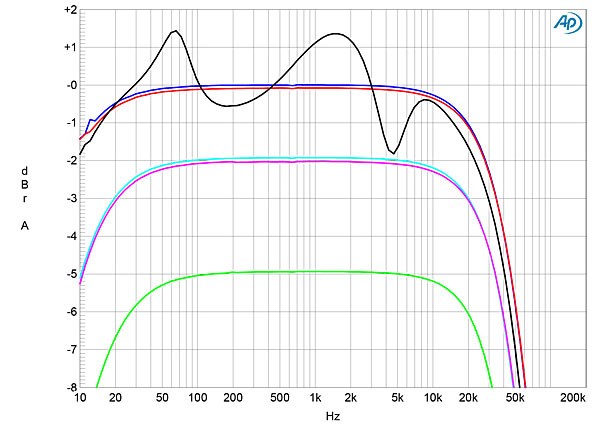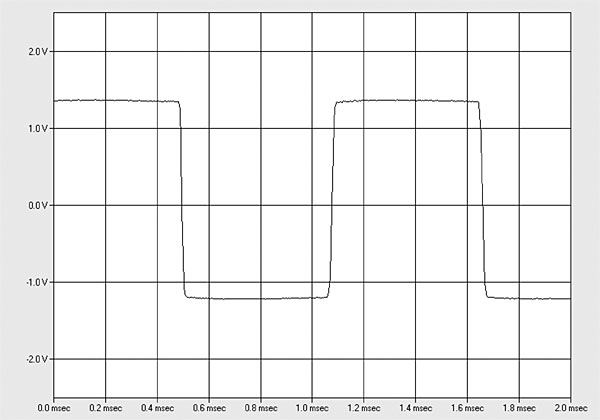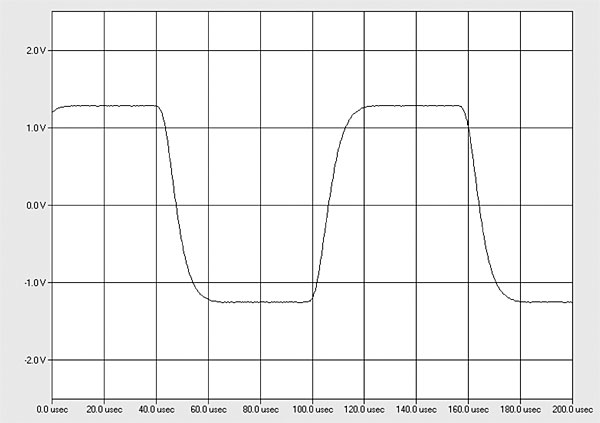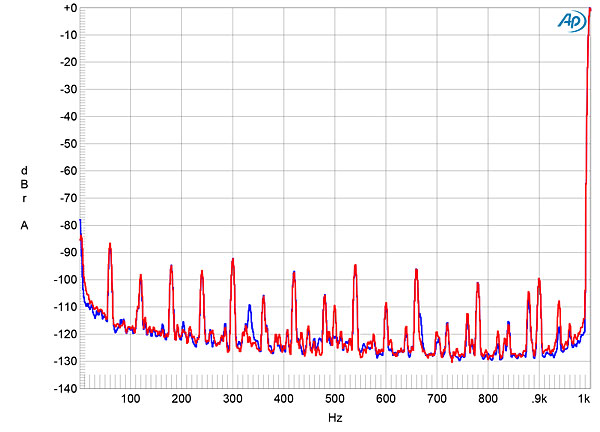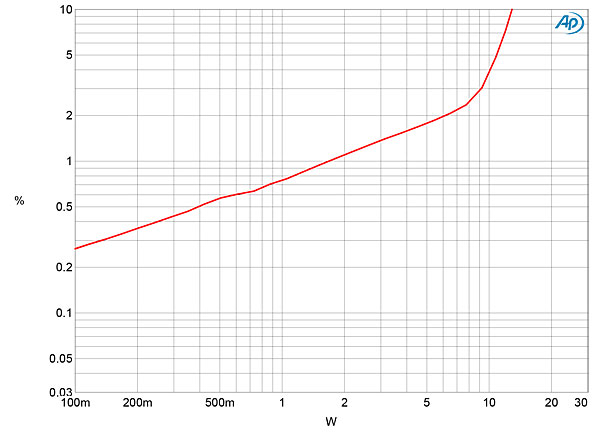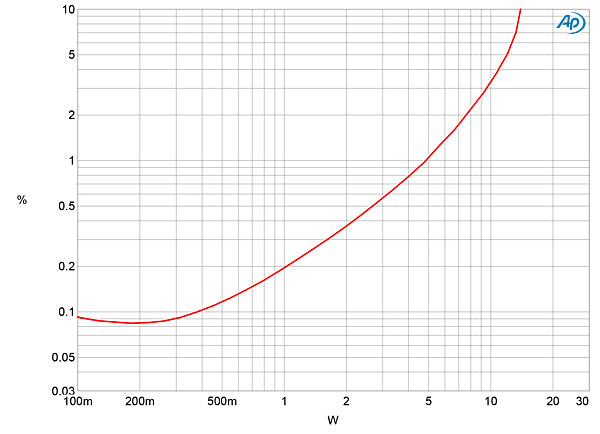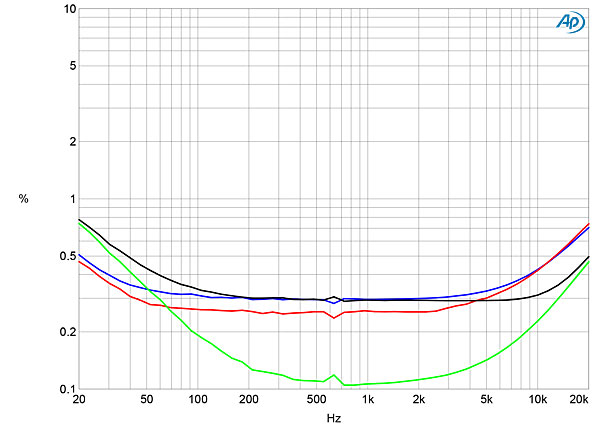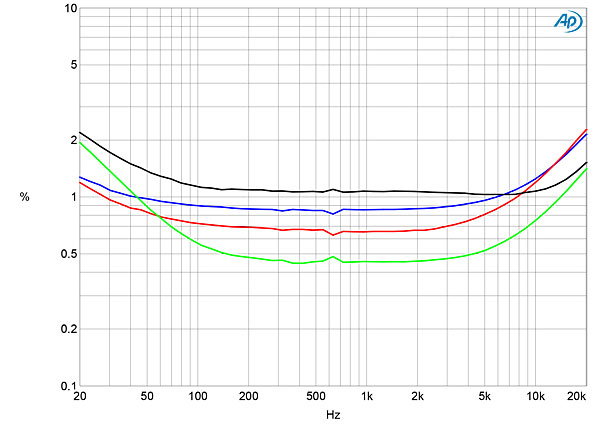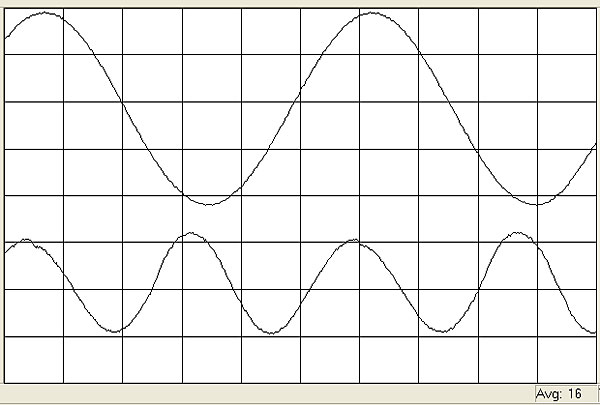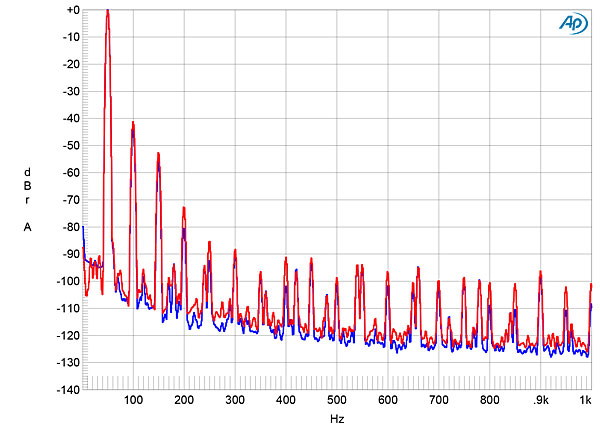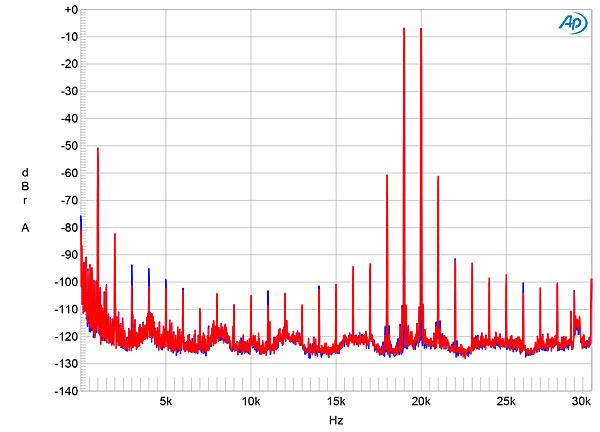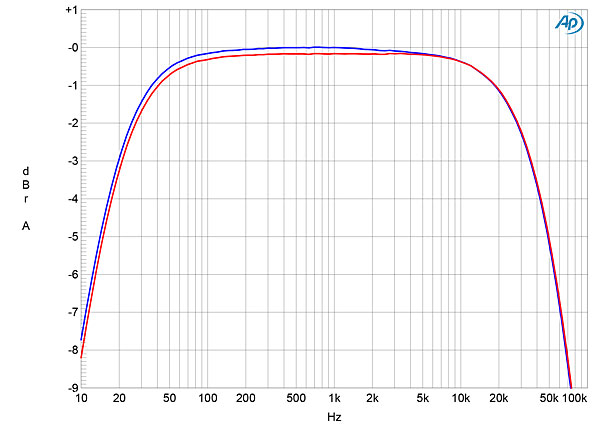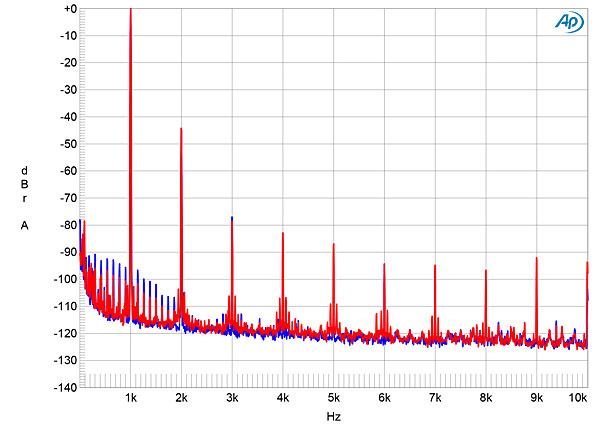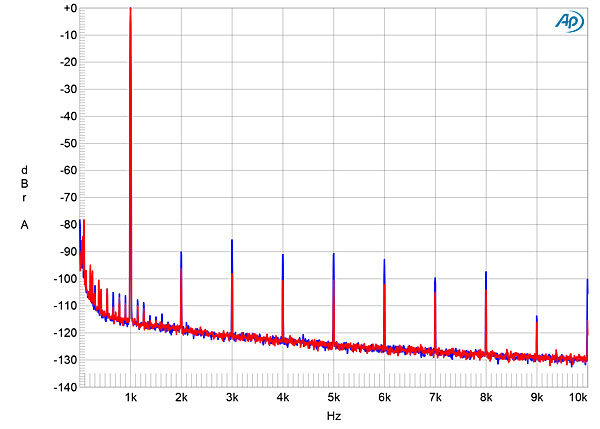| Columns Retired Columns & Blogs |
I think that this should be mentioned as eventual replacement of the tubes is part of the expenses in using the tube amplifier (and the life might be shortened by operation in class A2).
The prices direct from Western Electric for new 300B triodes are currently, $699 each for a single (1) tube, $1499 for a matched pair (2), and $3099 for a matched quad (4). This amplifier uses either two single tubes (unmatched) or a matched pair. The latter would cost $101 more, but might offer better measured performance, perhaps also audible.
